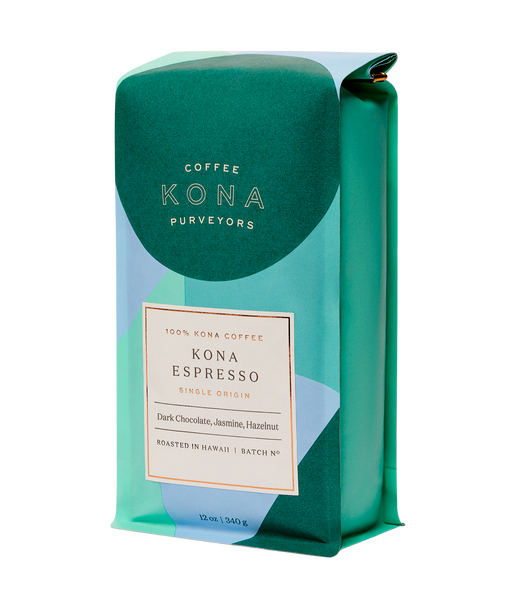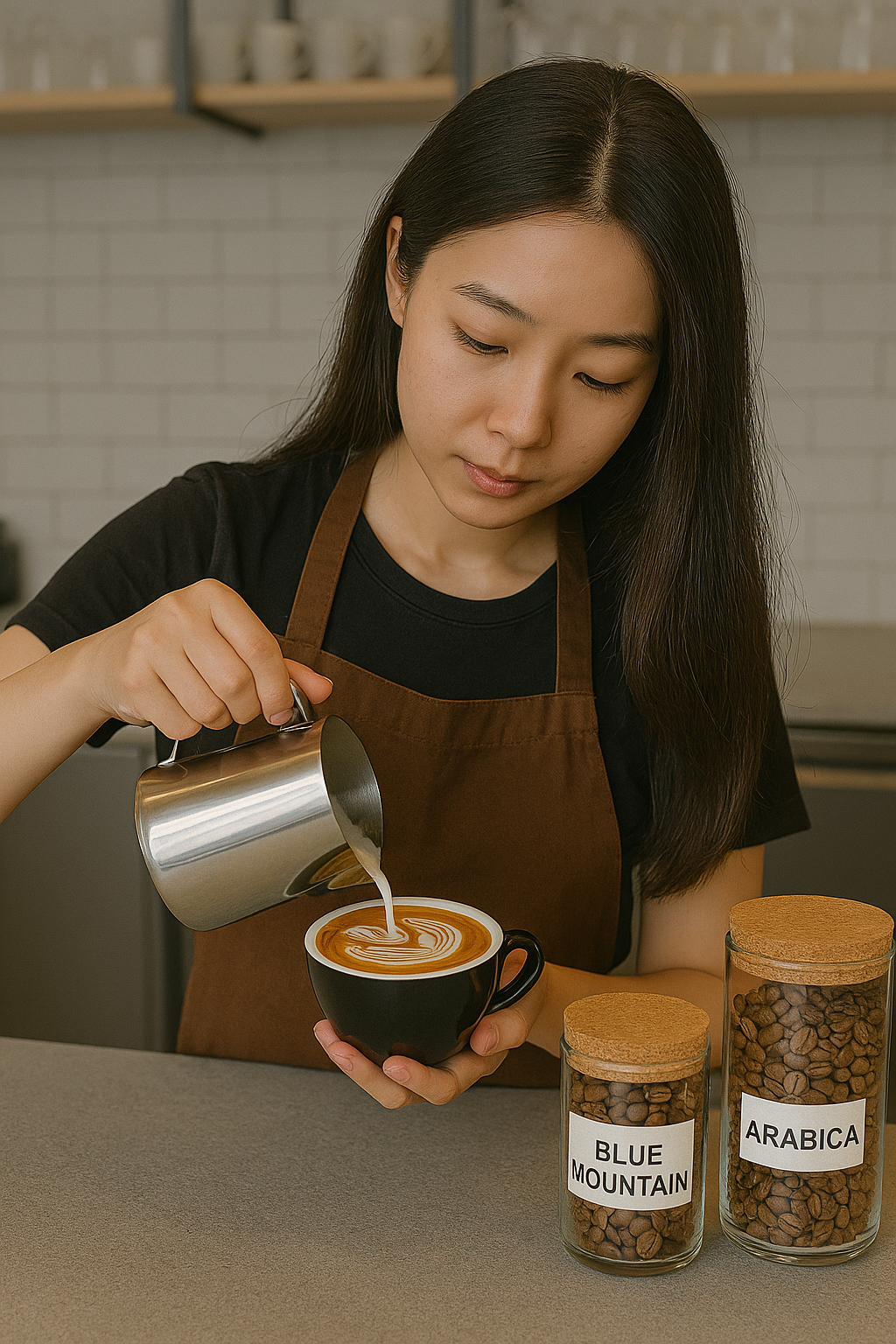Why SOE Single Origin Espresso Is Loved Among Baristas
Why SOE Single Origin Espresso Is Loved Among Baristas
Blog Article
Coffee Beans Uncovered: Discovering the Secrets of Coffee and Blended Coffee Beans
When you assume regarding coffee, what enters your mind? Is it the rich aroma of espresso or the complexity of a well-crafted mix? Recognizing the subtleties of coffee beans can change your experience. Each range, from Arabica to Robusta, holds its very own tricks. As you discover additionally, you'll reveal exactly how these beans form flavors and effect sustainability. What might you find regarding your following mug?
The Origins of Coffee: A Historical Perspective
Although espresso is now a staple in coffee society worldwide, its origins trace back to the early 20th century in Italy. You may be amazed to learn that the development of espresso was driven by a desire for rate and performance. In 1901, Luigi Bezzera patented the initial coffee maker, aiming to make coffee faster than typical techniques. This technology quickly recorded the interest of Italian coffee enthusiasts, resulting in the espresso bars we recognize with today.
Understanding Coffee Beans: Selections and Characteristics
When you think of espresso, it's important to identify the various bean varieties and their special tastes. Each kind brings a distinctive character to your cup, influenced by elements like roast degrees. Recognizing these components can elevate your coffee experience substantially.
Espresso Bean Varieties
As you explore the world of coffee, you'll swiftly discover that not all beans are produced equivalent; each range brings its very own special tastes and features to your cup. Arabica beans are recognized for their smooth, nuanced flavors and lower high levels of caffeine web content, making them a favorite among coffee lovers. Each selection provides something various, so experimenting will assist you locate your best coffee.
Flavor Profiles Discussed
Recognizing the flavor accounts of different espresso beans can boost your coffee experience. Each bean selection provides distinct qualities that influence mouthfeel, taste, and scent. Arabica beans usually present a sweeter, a lot more complicated taste with hints of fruit and floral notes, while Robusta beans often tend to be bolder, with natural and nutty undertones.
When you check out single-origin beans, you might find distinct regional flavors-- Main American beans may be intense and citrusy, whereas Italian blends often deliver rich, chocolatey notes.
Roast Levels Influence
Roast levels play an important role in shaping the flavor and scent of coffee beans, influencing your overall coffee experience. Recognizing these roast levels aids you pick the coffee that suits your taste choices. Trying out with different roasts can lead to delightful explorations, enhancing your recognition for coffee.
The Art of Blending: What Makes Blended Coffee Distinct
What makes blended coffee so interesting? It's everything about the art of integrating beans from different origins, roast degrees, and flavor accounts. When you blend, you're not simply mixing; you're producing an unified equilibrium that highlights the staminas of each bean. You can explore various mixes to improve sweet taste, level of acidity, and body, causing a mixture that's richer and more complex than a single-origin coffee.
Plus, blending can assist keep consistency, using a dependable taste experience regardless of seasonal variations in beans. Whether you're a barista or a home maker, understanding the art of mixing opens up a globe of creative thinking and taste possibilities, making your coffee experience really special.
Taste Profiles: Sampling Notes of Espresso vs. Blended Coffee
Blended coffee supplies a world of taste opportunities, yet when it comes to coffee, you're looking at a much more focused experience. Coffee commonly showcases bold, rich flavors with a thicker mouthfeel.
On the various other hand, mixed coffee presents a complex tapestry of tastes. You can discover a selection of sampling notes, from nutty and pleasant to flower and fruity. Each mix can supply something one-of-a-kind, commonly combining beans from various areas to develop a balanced account.
While coffee delivers a punch, blended coffee invites you to savor the subtleties. Whether you like the durable strength of espresso or the elaborate flavors of combined coffee, each mug informs its very own tale, waiting on you to uncover.
Brewing Techniques: Refining Your Espresso Shot
To achieve the excellent coffee shot, comprehending the developing methods is necessary, as also minor changes can greatly impact the taste and quality. Beginning by using fresh, high-quality coffee beans; grind them right before brewing for maximum taste. Goal for a great grind, regarding the consistency of table salt, to ensure perfect extraction.
Following, take note of your water temperature level; it must be in between 195 ° F to 205 ° F. Too hot or also cool can destroy your shot. Use about 18-20 grams of coffee for a dual shot, and tamp it equally with firm stress to develop an uniform puck.
A longer removal can lead to bitterness, while also brief can result in sour flavors. Exercise these methods continually, and you'll refine your abilities, achieving that rich, full-bodied espresso shot you crave.
The Function of Roast Degrees in Coffee and Blended Coffee
After understanding the brewing methods for coffee, it's time to ponder how roast levels affect the taste account of your coffee. The roast degree can significantly alter your coffee's aroma, preference, and body. Light roasts tend to highlight the coffee's origin, using brilliant level of acidity and fruity notes, while medium roasts balance acidity and sweetness, producing a well-rounded taste. Dark roasts, on the other hand, bring out vibrant, abundant flavors with reduced acidity, typically generating chocolate or smoky undertones.

Exploring Sustainability: Ethical Sourcing of Coffee Beans
When you pick coffee, you're not just picking a taste; you're deciding regarding the influence on farmers and the environment. Comprehending Fair Profession techniques, chemical-free farming methods, and qualification criteria can aid you sustain sustainable coffee sourcing. Let's explore how these elements add to a more honest coffee experience.
Fair Trade Practices
Fair Trade practices play a necessary function in making certain that coffee beans are sourced morally and sustainably. When you pick Fair Profession coffee, you support farmers that receive fair salaries and work in safe conditions. By deciding for Fair Trade brand names, you're not just appreciating an abundant mug of coffee; you're making a positive impact on the lives of those that grow it.
Natural Farming Methods
As you discover the world of ethical coffee sourcing, natural farming techniques arise as an important part of sustainability. Furthermore, it commonly leads to stronger, healthier coffee plants, resulting in richer tastes in your cup. When you choose for natural coffee, you're making an aware option that benefits both the world and your palate.
Certification Specifications Explained
Understanding accreditation standards is vital for any person thinking about morally sourced coffee. These criteria, such as Fair Profession, Rain Forest Alliance, and USDA Organic, assurance that coffee is grown under sustainable methods. When you choose licensed coffee, you support farmers who follow ethical labor methods and environmental management.
Fair Trade qualification concentrates on supplying fair incomes and functioning problems, while Rainforest Alliance emphasizes biodiversity and community preservation. USDA Organic assures that no synthetic plant foods or pesticides are utilized. By familiarizing yourself with these certifications, you can make enlightened selections that align with your worths. Following time you're at your neighborhood coffee shop or grocery shop, look for these tags, and feel great knowing your coffee acquisition positively affects neighborhoods and the atmosphere.
Often Asked Inquiries


Exactly How Does Altitude Influence the Development of Coffee Beans?
Elevation influences coffee bean growth by SOE affecting temperature level and climate. Higher elevations commonly produce denser beans with more complicated tastes, while reduced altitudes can result in faster growth yet less flavorful results. You'll taste the difference!
What's the Distinction Between Arabica and Robusta Beans?
Arabica beans are sweeter and much more complex, while Robusta beans have a more powerful, harsher flavor with higher caffeine web content. You'll locate Arabica favored for specialty coffees, whereas Robusta's often used in immediate coffee and espresso blends.
Can Coffee Beans Spoil or Shed Taste Gradually?
Yes, coffee beans can go negative and shed taste with time. If you store them incorrectly or keep them also long, they'll wither. Always keep your beans in an impermeable container far from light and wetness.
What Are the Health Advantages of Drinking Coffee?
Consuming coffee boosts your power, enhances psychological quality, and might decrease the risk of particular illness. It's abundant in anti-oxidants, supports metabolic process, and can boost state of mind, making it an advantageous choice for your daily routine.
Exactly How Does Water Quality Influence Coffee Extraction?
Water high quality greatly influences coffee extraction. It influences the solubility of flavors and oils, influencing taste and aroma. Utilizing filtered water can boost your coffee, ensuring a balanced and delightful cup whenever you brew.
Coffee Beans Uncovered: Uncovering the Tricks of Coffee and Blended Coffee Beans.
Understanding the flavor accounts of various coffee beans can elevate your coffee experience.Roast levels play an essential function in shaping the taste and scent of espresso beans, influencing your overall coffee experience (SOE).Blended coffee offers a globe of taste possibilities, however when it comes to espresso, you're looking at a much more concentrated experience.After grasping the brewing strategies for coffee, it's time to contemplate just how roast degrees influence the taste profile of your coffee
Report this page